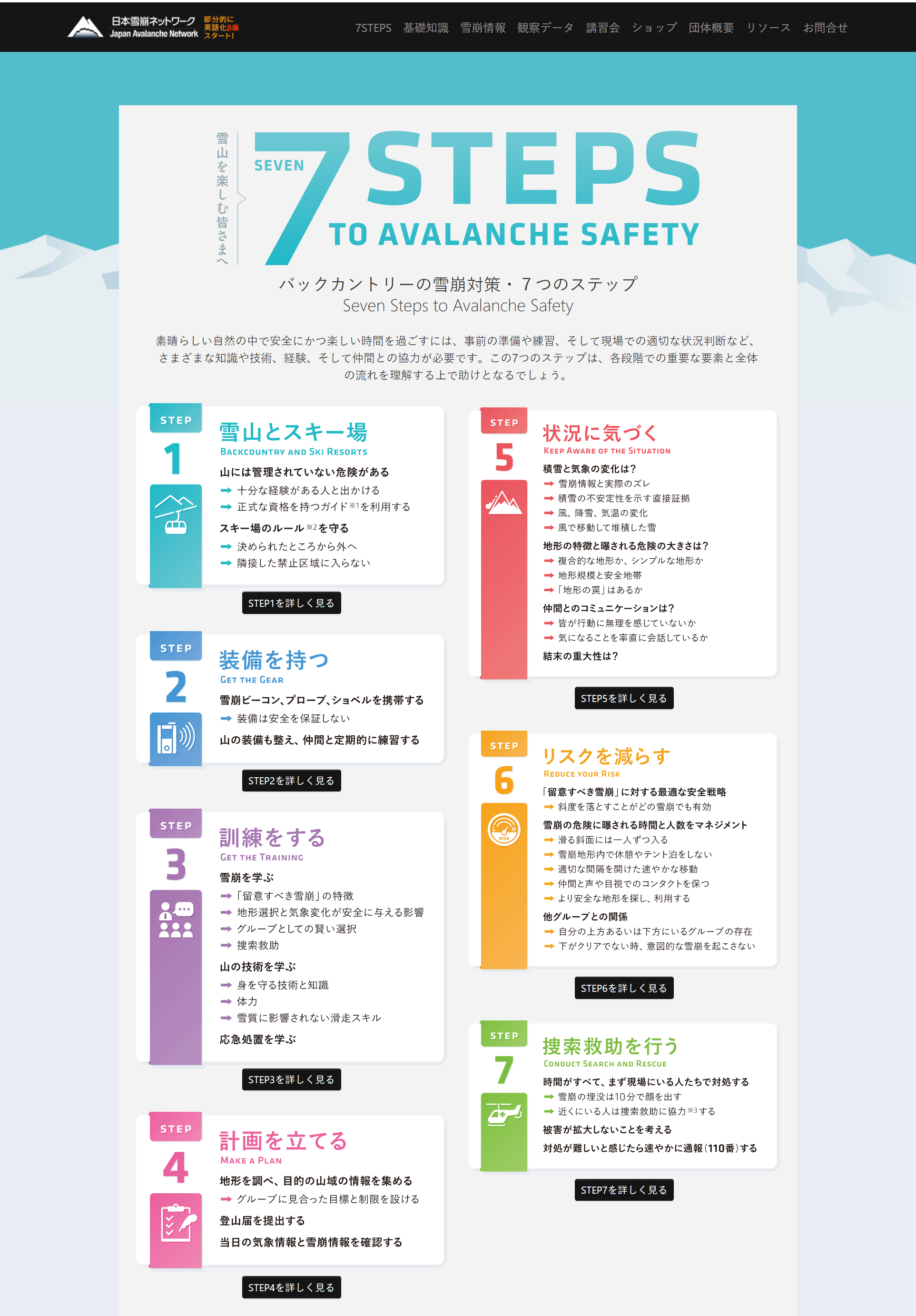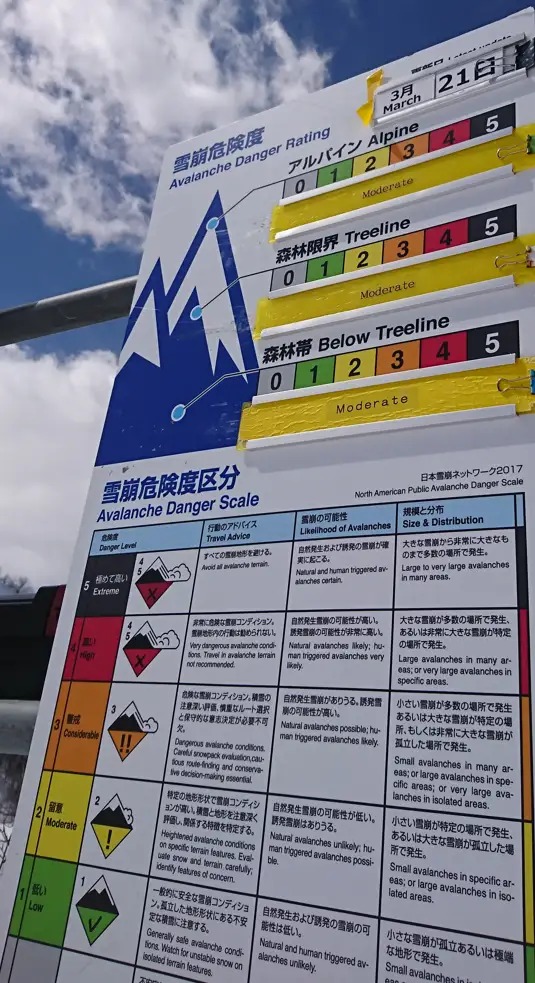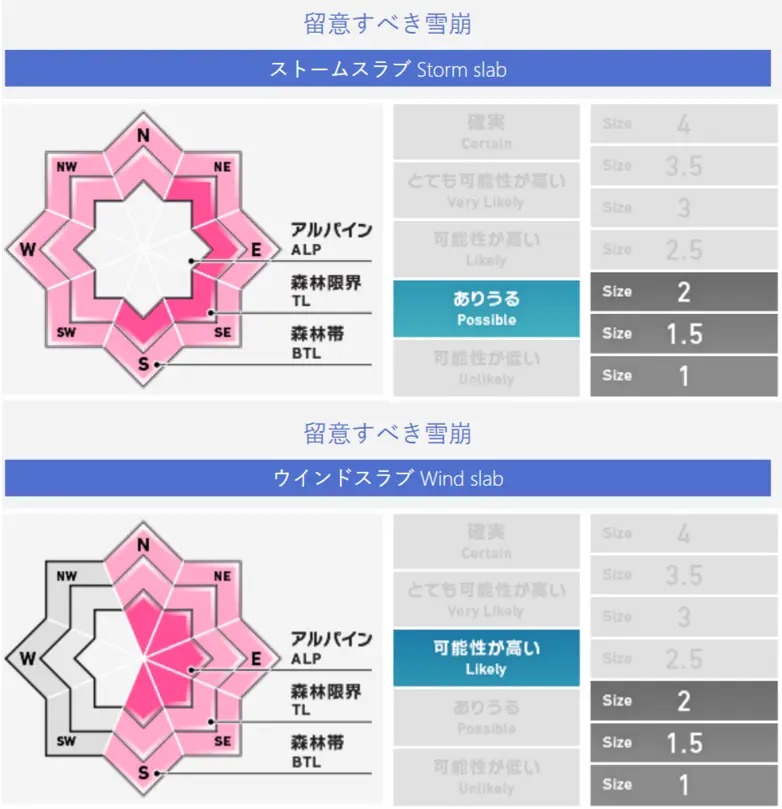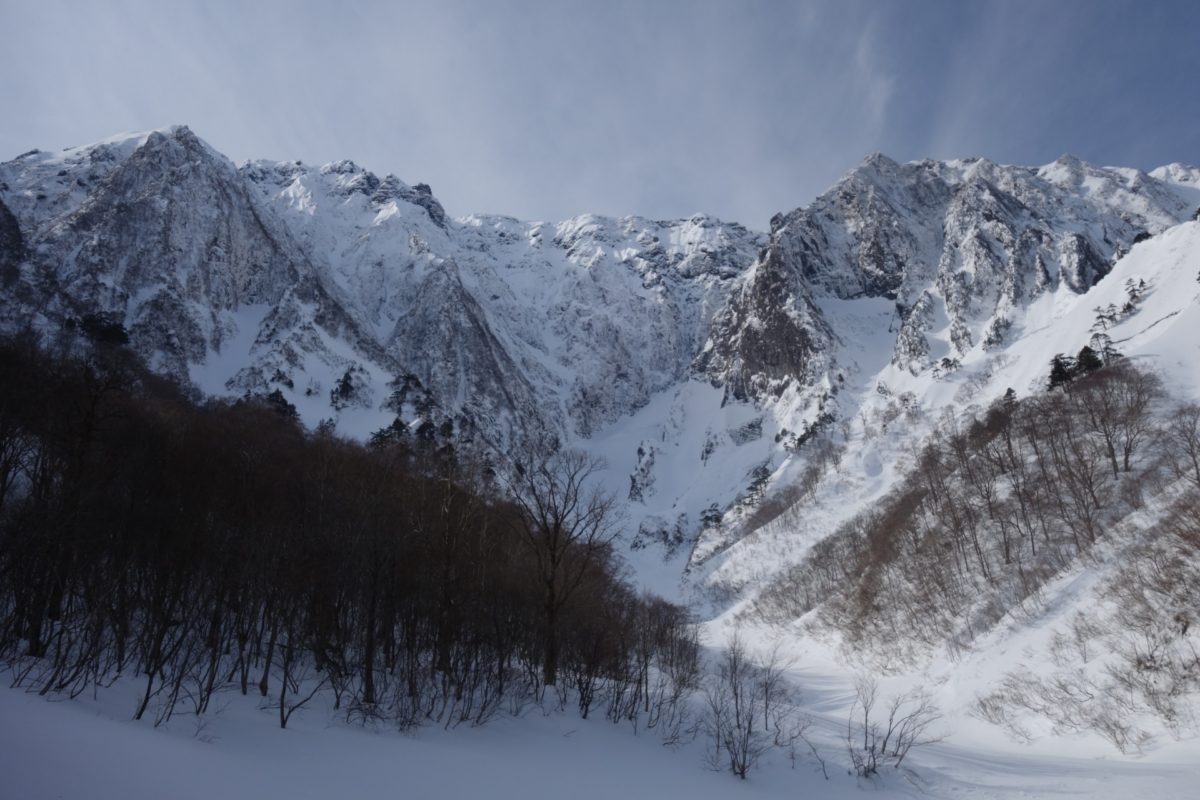The Japan Avalanche Network (JAN), an NPO that conducts activities to raise awareness of winter mountain safety through avalanche information, surveys, and education on avalanche safety measures, announced in December 2022 the “Mountains and Nature Announced partnership with Network Compass. As a result, the avalanche information announced by the Japan Avalanche Network has been put in place and has begun to operate a system that delivers it to users who have submitted a mountaineering notification with a compass. For those of you who don't know yet, here's an overview of what it's all about.
What is Japan Avalanche Network (JAN)?
The Japan Avalanche Network (JAN) is a non-profit professional organization that focuses on the four pillars of avalanche education, avalanche information, accident investigation, and resource provision related to avalanche safety in outdoor winter activities. Members include a wide range of human resources, including professionals who work in snowy mountains, such as mountain guides, ski patrols, and rescue workers, avalanche researchers, and general mountaineers who have received training.
official website the Japan Avalanche Network, you will find "backcountry avalanche countermeasures: 7 steps" and real-time avalanche information in various places. In addition, we hold various seminars where you can learn avalanche safety skills for everyone from general users to professionals, and provide detailed information and specialized knowledge to educate users who are active in the snowy mountains. That's it. For skiers and snowboarders who are interested in and enthusiastic about backcountry skiing, it is a very grateful and reliable existence.

Avalanche information as "social infrastructure" to protect safety in snowy mountains
Unlike ski resorts, in natural snowy mountains that are not managed by humans for safety, you never know when and where risks may be lurking. When skiing in the backcountry, possible dangers (risks) can include weather hazards, geographic hazards, injuries and illnesses, and equipment troubles. The most important of these is the risk of avalanches. This is because if you encounter an avalanche, there is a high chance that you will suffocate, or you will be swept away by the avalanche and collide with trees or rocks and lose your life.
Also, there is a possibility that the avalanche that you generate will cause damage to people. Many avalanche accidents are caused by human error in judgment. Even though the snow is unstable, they enter the slope without noticing it, or they underestimate the dangerous situation due to human factors. In addition, it is difficult for general users who visit the mountains only on weekends to accurately grasp the overall snow conditions.
Therefore, the Japan Avalanche Network transmits real-time avalanche information as a "social infrastructure" that supports people entering snowy mountains. Through educational programs for general users, such as the avalanche safety seminar "Avalanche Night" and the snow workshop "Safety Camp," we support the promotion of understanding of avalanche information and its effective and appropriate use. The Japan Avalanche Network is the only network in Japan that implements such comprehensive avalanche safety measures, and its presence and contribution to society are enormous.
Avalanche information from Japan Avalanche Network
The avalanche information of the Japan Avalanche Network is the same standardized avalanche information published by public or non-profit organizations in Europe and the United States (33 organizations in 19 countries). By providing specific information about the current level of avalanche risk and the types of avalanches that people should be aware of when they are active in the snowy mountains, they will be able to improve their behavior in the field. It is issued for the purpose of supporting judgment.
▼ Avalanche information provided by the (JAN)
[ #Avalanche information ] We have announced the avalanche information on #Tanigawadake #Kagura #Mt . https://t.co/NgH3GvAo3M
— Japan Avalanche Network (@npo_jan) January 18, 2023
#Avalanche #avalanche #backcountry #winter mountain #climbing #skiing #snowboarding #distress #JAPOW #Minakami town #Yuzawa village


Graphical illustrations represent the "type of avalanche" that you want to be wary of that day in which altitude zone and direction, as well as the "probability of triggering" the avalanche and the "scale" if it occurs. This allows actors to understand what kind of "terrain selection" is better on the field.
Partnership with "Compass", a system that allows you to create and submit climbing plans online
In order to enter the backcountry, it is necessary to submit a climbing plan to a designated place. In the climbing plan, it is necessary to inform the climbing route, action schedule, contact information and equipment of group members. "Compass" is a system that allows you to create this mountain climbing plan online and submit it as a mountain climbing notification.
Due to its convenience, it is widely used not only by individuals but also by governments and mountaineering organizations. Started a support service for users.
The mechanism of collaboration between Japan Avalanche Network and Compass is as follows.

Create a climbing plan with a route set on the "Compass" map, and if the route is within the avalanche information area announced by the Japan Avalanche Network, submit it every morning when the avalanche information is updated. A system that notifies the person. An email will be sent to the registered e-mail address on the day of the avalanche and snow quality information between 5:00 and 7:00 a.m. on the day, so it can be used as an action guideline for risk avoidance.
The Japan Avalanche Network is scheduled to release avalanche information for the following mountain areas and dates. Both are popular fields for backcountry skiing. Users who go out to these mountains should definitely take advantage of it.
| Presentation area | Scheduled period |
| Hakuba (Nagano Prefecture) | December 24th to early April (daily) |
| Myoko (Niigata Prefecture) | Late December to late March (daily) |
| Kaguragamine, Mt. Tanigawa, Mt. Hotaka (Niigata Prefecture, Gunma Prefecture) | Late December to late March (daily) |
| Niseko, Mt. Yotei, Mt. Yoichi, Mt. Shiribetsu (Hokkaido) | December 13th to late March (Tuesday, Thursday, Saturday) |
From Ms. Azusa Degawa, Director of JAN
Finally, I would like to share a comment from Ms. Azusa Degawa, the founder of the Japan Avalanche Network and JAN board member.
Avalanche information is provided to help you make better terrain choices. The risk level is based on the time of announcement, so it is very important for everyone to make their own decisions on site. If the conditions are unsure or if you feel a little unsteady, take the slope down. Reducing the slope is the most effective safety measure in any kind of avalanche today. —Azusa Degawa, Director of JAN
In the high season, when the snowfall is increasing and the weather is often rough, I would like you to practice what you can do for your own safety, pay close attention and gather enough information before heading out to the snowy mountains.
NPO Japan Avalanche Network (JAN)
Official Website: https://nadare.jp/
Official SNS: Twitter | Facebook

